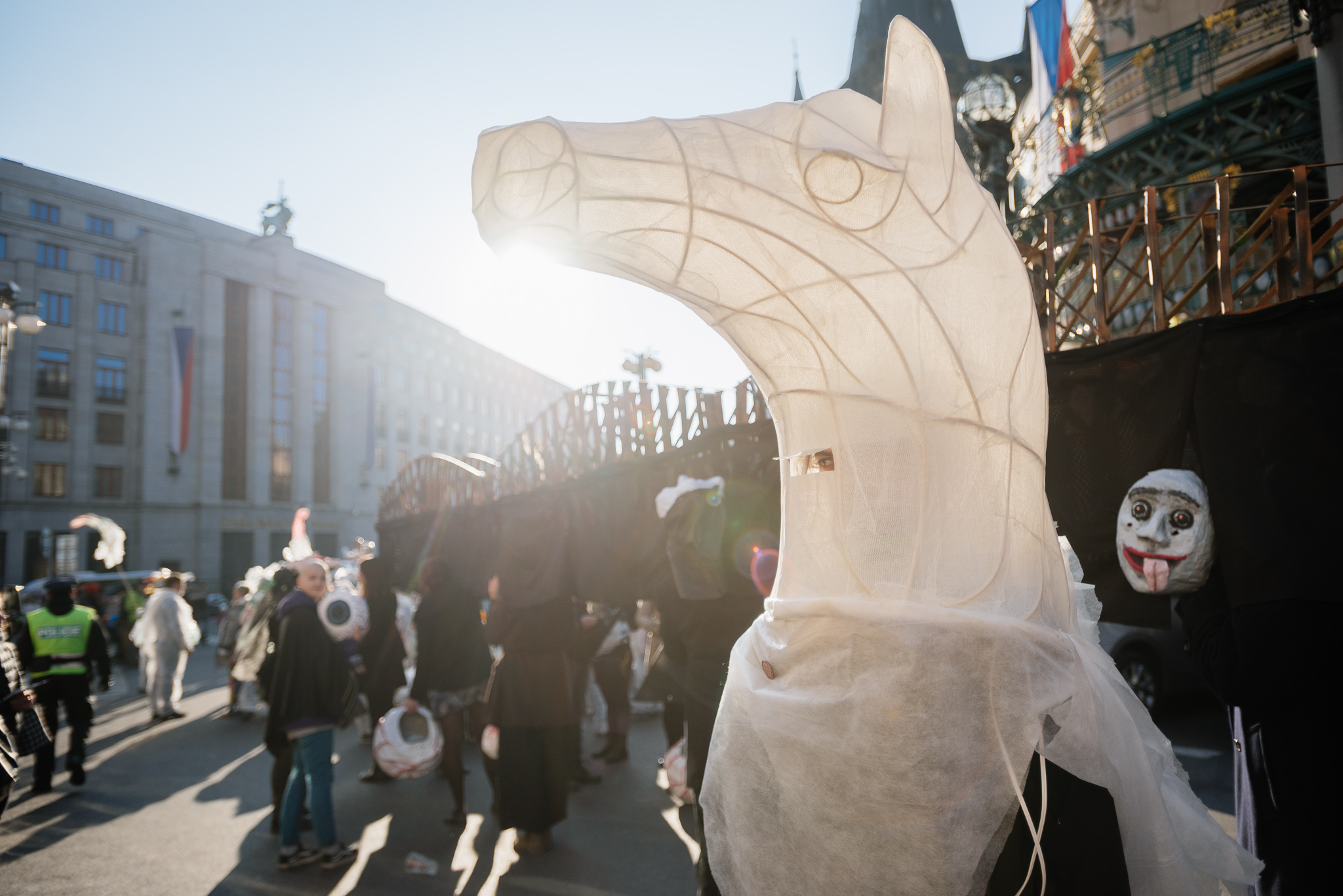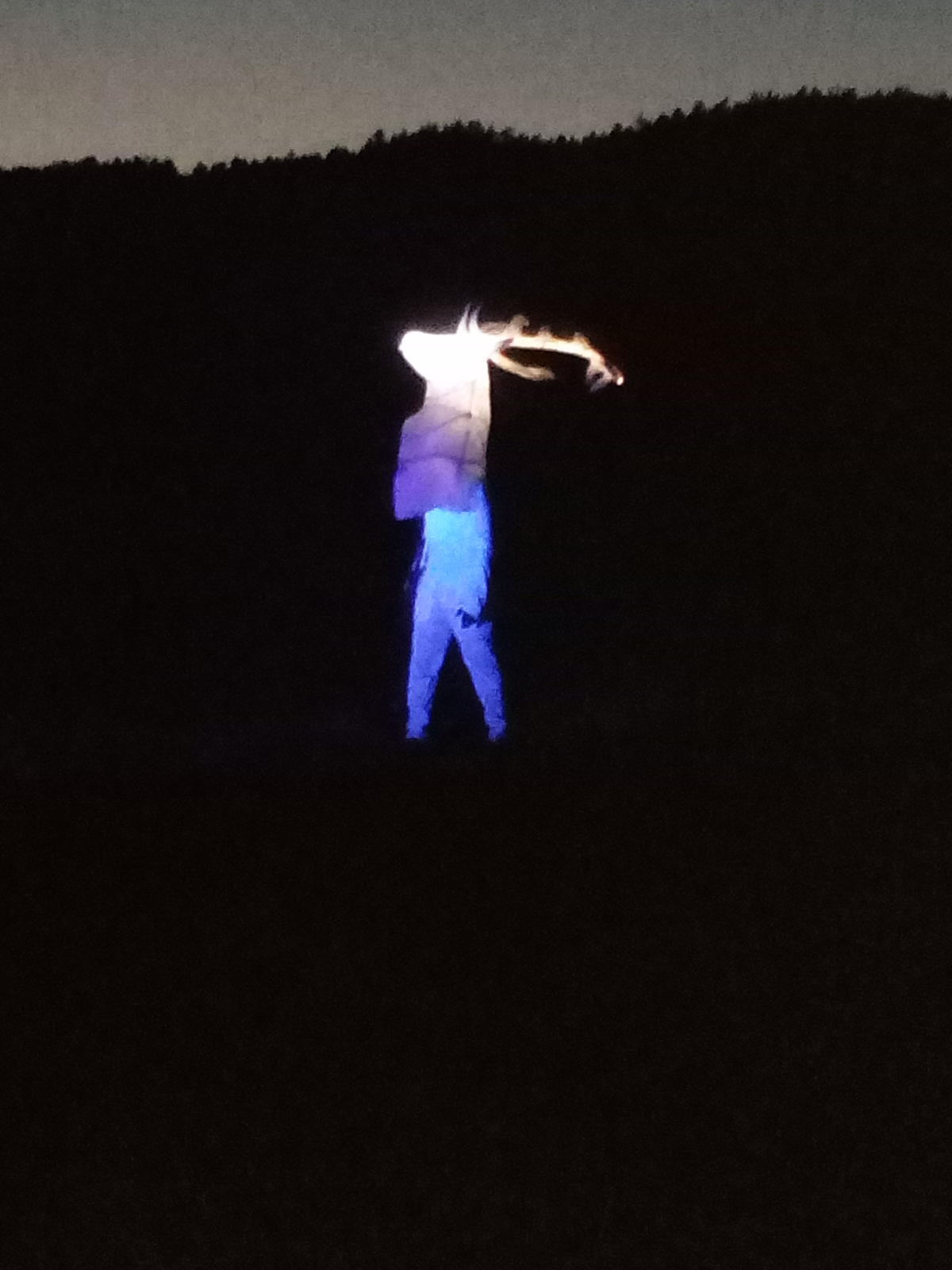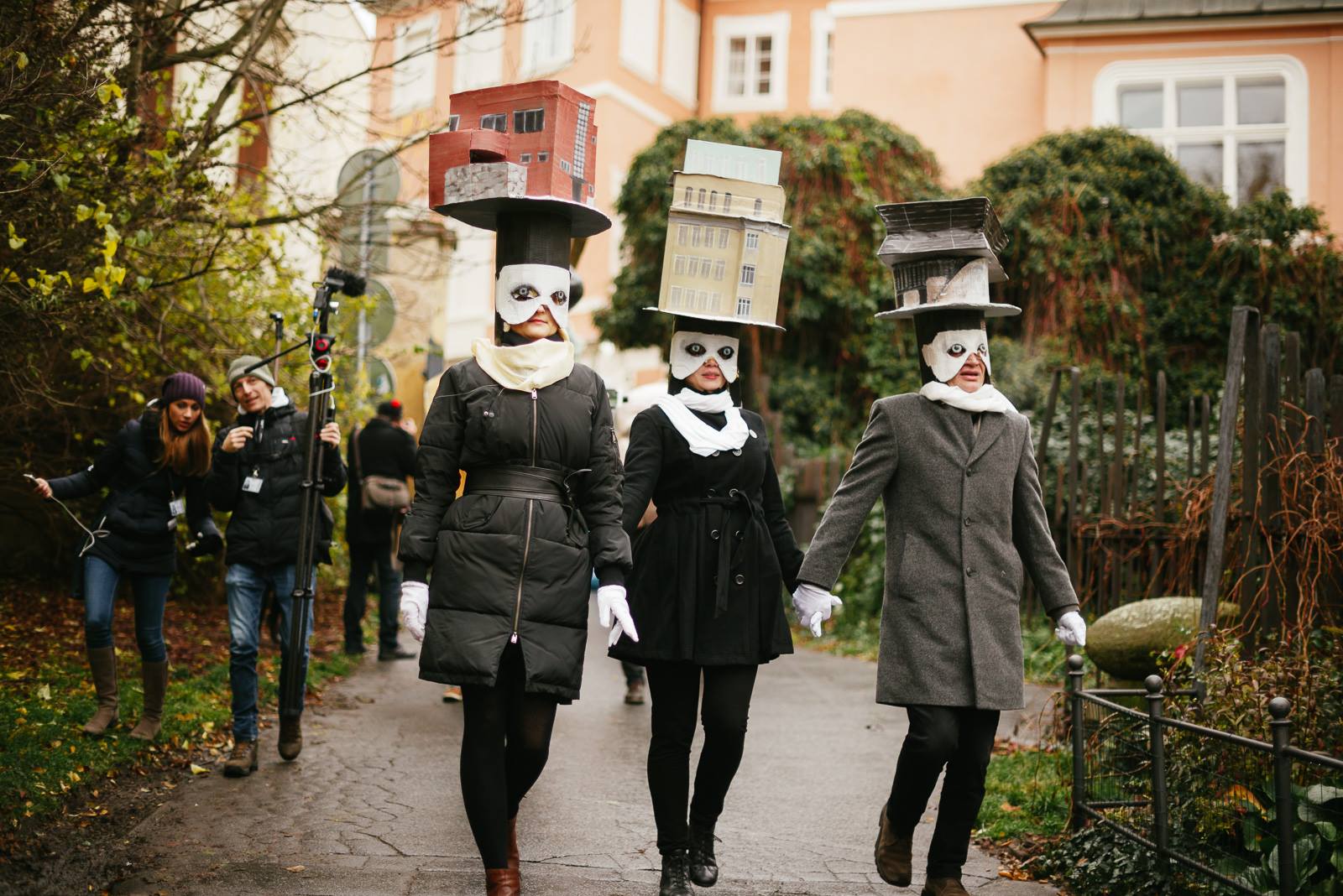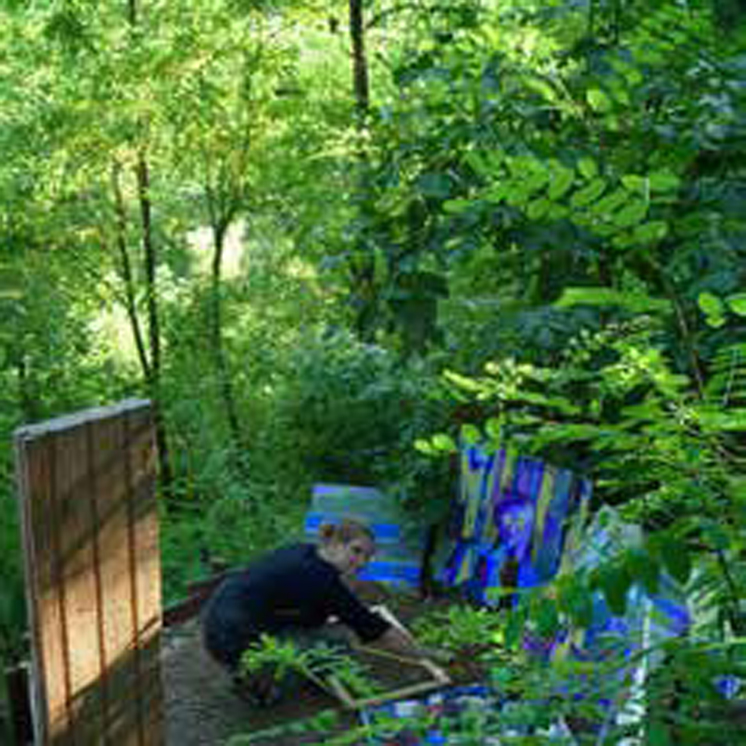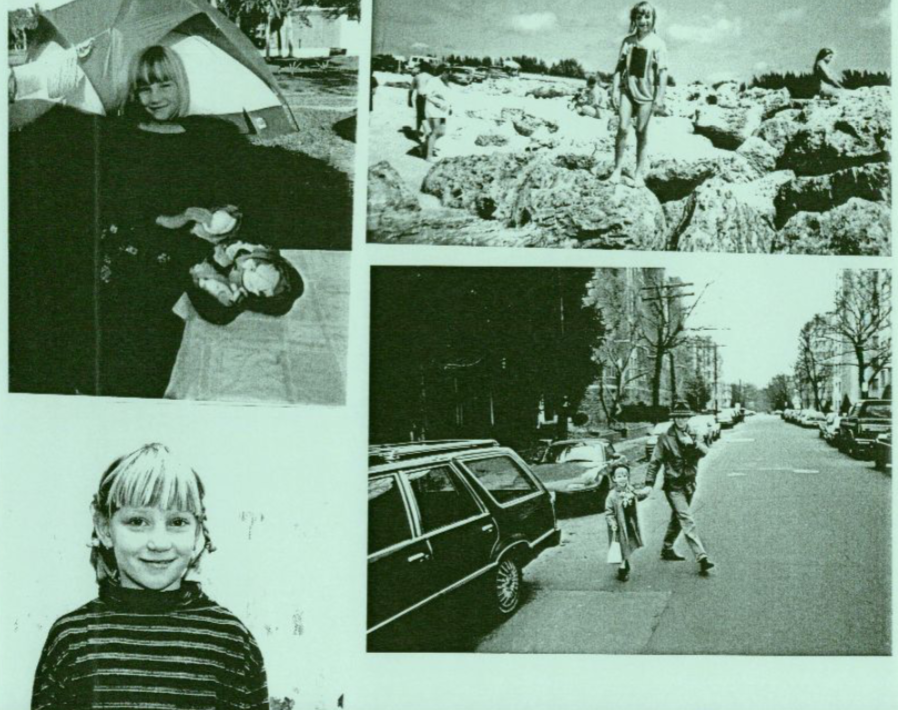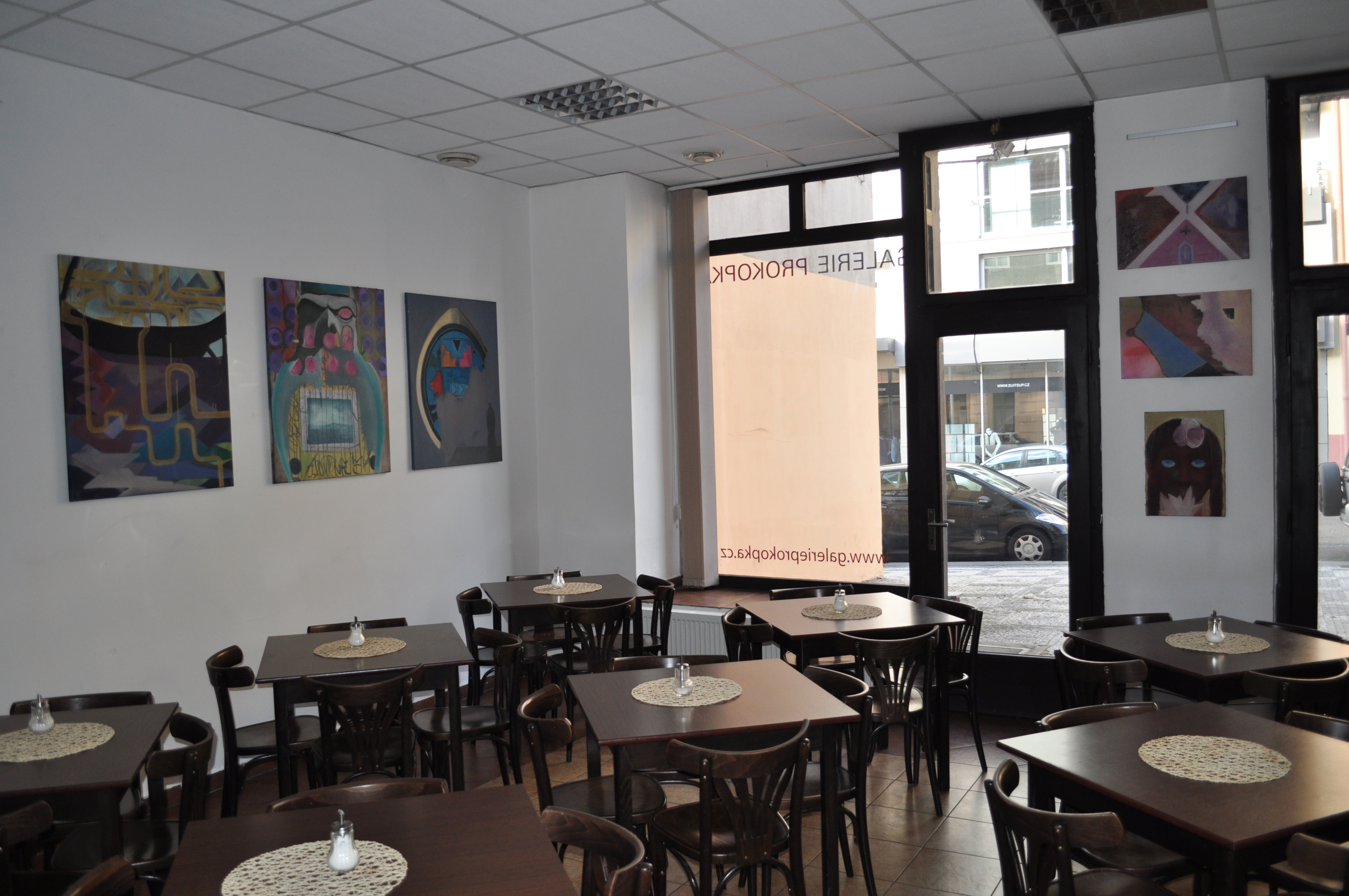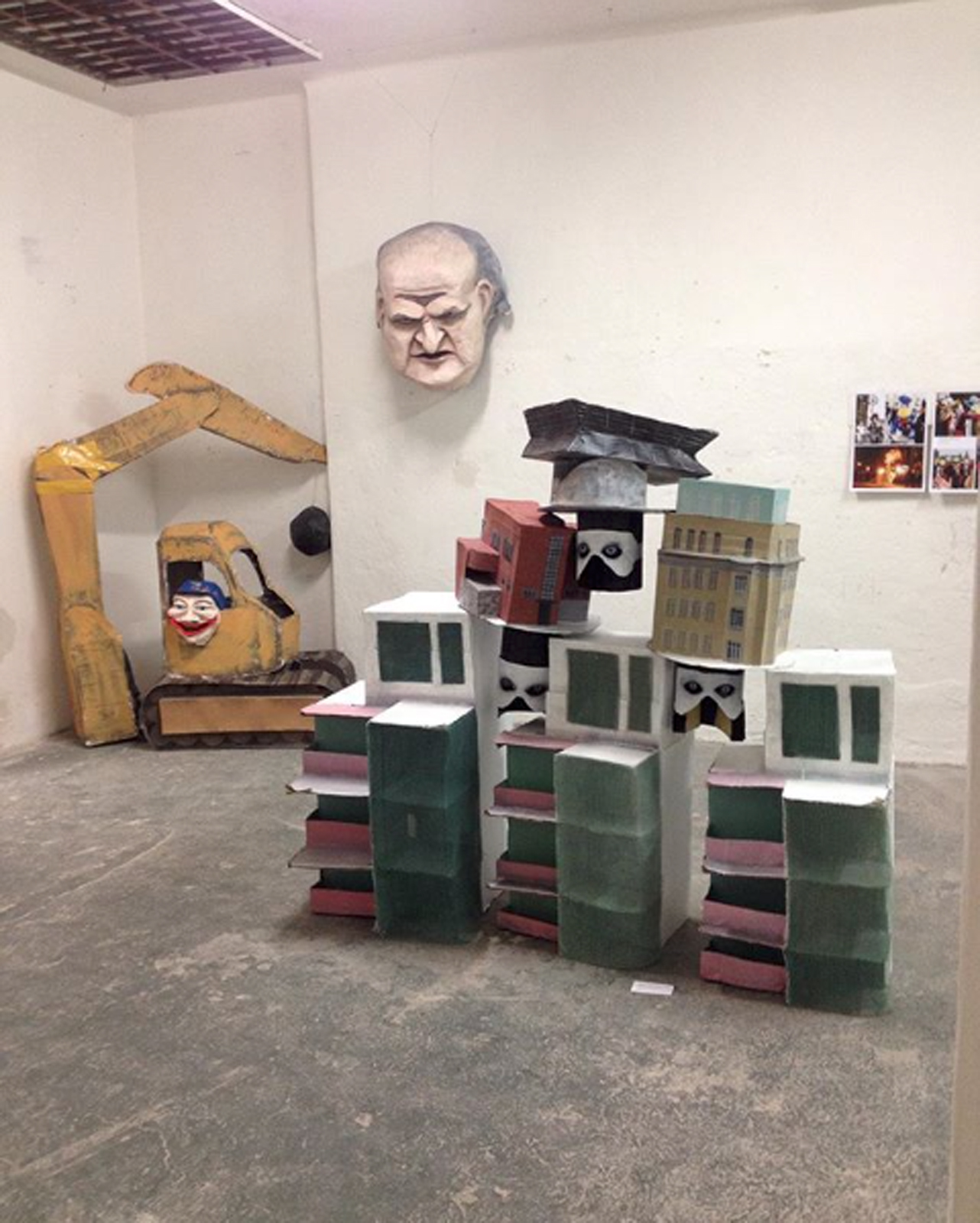
o
Martina Koblic Walterová (*1988) je absolventkou ateliéru Malba I. u profesora Daniela Balabána na Fakultě umění Ostravské univerzity. V rámci studia byla na stáži na Slezské Univerzitě v Katovicích. Má za sebou několik skupinových i samostatných výstav, v roce 2012 získala takzvanou Ateliérovou cenu. Kromě malby má přesahy do aktivit ve veřejném prostoru. Realizuje velké svítící objekty, které mimo jiné prezentuje v rámci satirického průvodu Sametové posvícení, jenž 17. listopadu propojuje umělce, neziskový sektor a studenty, a přináší tak současná témata do veřejného prostoru a aktivizuje občanskou společnost.
Její tvorba překvapí výrazným koloritem a živelnou energií odpovídající malířčině naturelu. Obrazy svým obsahem nesou poselství plné dobrodružného objevování vnitřního i vnějšího světa. Přes jakousi anachronickou poctivost se autorka dostává ke svému nitru, k výtvarné stylizaci jazyka forem a barev, tolik typické pro malíře moderny. Je si však vědoma nemožnosti výtvarného uchopení světa jednotnou stylovou formulí. Prostor jejích obrazů je proto často porušený, nepevný.
Aktuálně ve své tvorbě akcentuje vzrůstající frustraci ze stavu planety. Například v některých současných pracích se snaží jako novopečený rodič upozorňovat místy až sarkasticky na lacinou estetiku dětských hraček a doplňků, která doprovází výchovu nové generace na základě principu „děláme všechno vždycky jako vždycky“. Obrazy si tak hrají s faktem, že se na našich hračkách objevují symboly momentálně již vymírajících druhů fauny i flóry zesměšněné do jakýchsi fetišů vyprázdněných od duše světa, tolik postiženého právě touto naší povýšenou přezíravostí.
Výstava Výchova k přírodě představuje aktuální průřez malířským dílem Martiny Koblic Walterové. Samotný název výstavy odkazuje na dva obrazy (Výchova k přírodě 1/2 a Výchova k přírodě 2/2) malířčiny dcery Františky. Právě tyto malby jsou signifikantní ukázkou autorčiny práce s výraznou barevností, dynamickou kompozicí a kombinací detailu s kolážovitým až abstraktním pojetím. Některé výjevy mohou působit protikladně až ironicky ve snaze poskytnout divákovi alternativní pohled. Obrazy Koblic Walterové jsou pro diváka výzvou k objevování a prožívání nesnadného světa. Jsou otevřené a naznačují nové výtvarné i životní cesty.
text z výstavy "Výchova k přírodě" v Galerii Jatka 78, 27.4.2023

